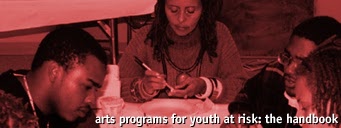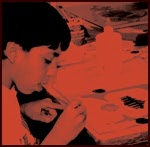


Select a Program TeamIdeally, you should select all of the individuals who will be involved in your program activities—administrators, artists, probation officers, social service caseworkers, educators, population of youth, and others—before designing or conducting your training sessions. Doing so will allow you to assess all of your training needs and develop training sessions that both meet those needs and provide opportunities for the entire team to discuss how they will work together to make the program a success. See pages 83-84 of the full chapter PDF to learn more about the YouthARTS program managers. Selecting "perfect" artistsThe following are attributes of artists who work well with at-risk youth, developed by Urban smARTS:
Learn more about how to solicit high-quality artists to work in your program on page 85 of the full chapter PDF and in Appendix 11. Once a sufficient number of artists have responded to the advertisement, you can begin a selection process that meets official public agency requirements. Artists should submit a resume and a proposed curriculum, following a prescribed format. You will then review resumes and conduct preliminary interviews with applicants. More Resources
Selecting the rest of the teamThe social service professionals who you select for your team should reflect the needs, situations, and interests of the at-risk population your program serves. For example, if you are working with youth on probation, try to involve the youths' probation officers in the program. If you are working with young at-risk children who have not had contact with the juvenile court, consider involving school counselors, caseworkers, and teachers in the program. When selecting and training your team, keep in mind that probation officers, social service caseworkers, and educators enter youth arts programs from a different avenue than artists. They are already working with the youth, and they tend to have very specific, grounded ideas about the types of activities that will help them. The challenge for arts agencies is to show their new partners that art really works as a prevention and intervention strategy. More Resources
|
|
||||||||||||||||||||
